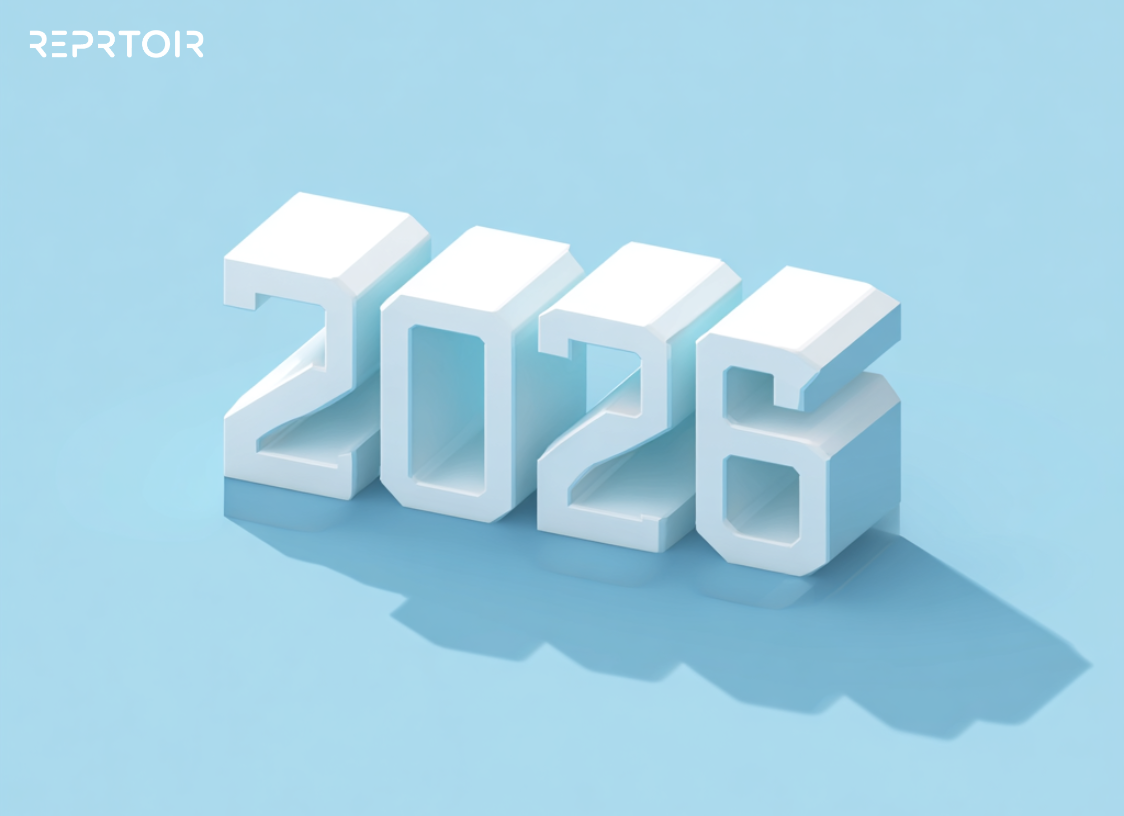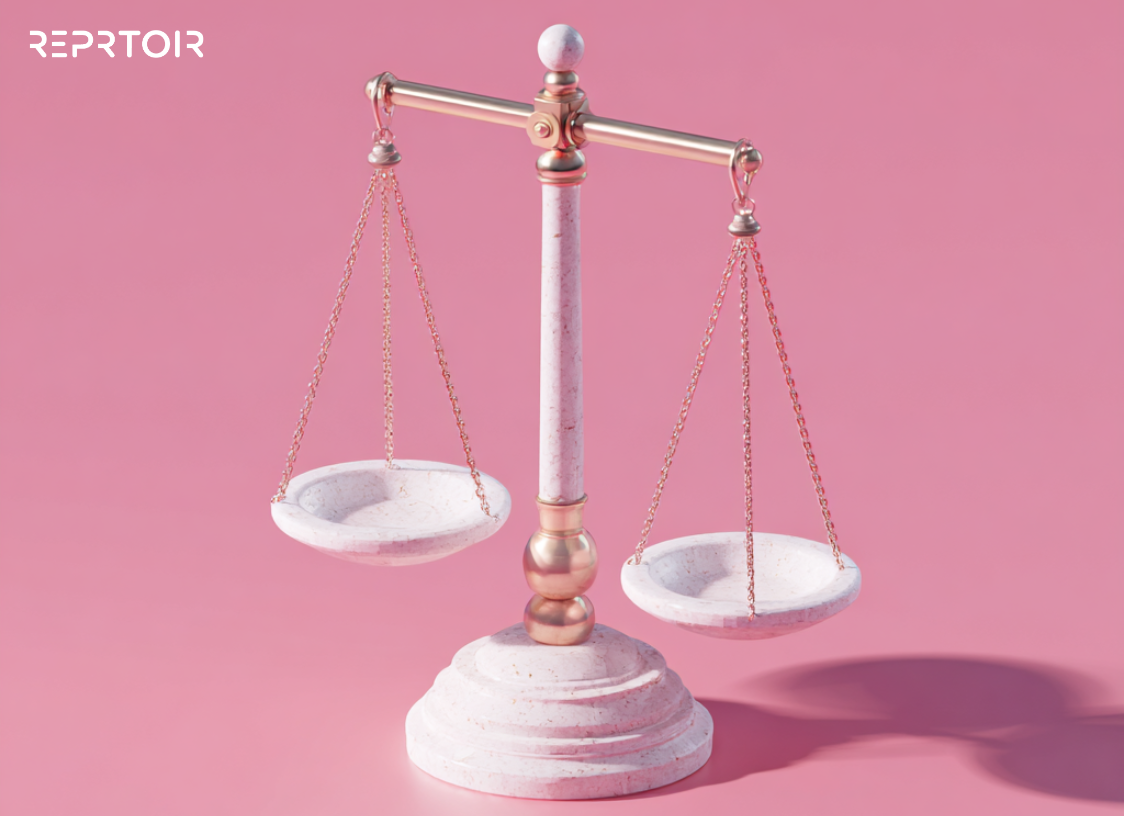Venues, radio and TV stations pay a performance royalty when they play a piece in a commercial setting. That means that if a song gets busked, played in a café or stadium, royalties they pay royalties.
The performance royalties get paid when a venue, radio or TV station chooses to play the recorded piece. In these cases, the royalties get collected and distributed to the artists and publishers. Performance rights organizations (PROs) like ASCAP, BMI or PRS in the UK handle this work.
When music gets streamed, there are different organizations that are responsible for distributing performance royalties. In the UK, the PRS collects for streaming. In the US a non-profit organization called SoundExchange handles distribution of performance royalties.
What Are Mechanical Royalties?
Where performance royalties represent the broadcast or performance of a work, mechanical royalties represent the reproduction. A mechanical royalty is a payment that gets made to the songwriter and publisher every time a physical or digital copy of the piece gets purchased.
Mechanical royalties follow the composition copyright. What that means that the songwriter gets paid their share of the mechanical royalty - no matter who reproduces the piece. The songwriter is entitled to the ‘writer’s share’ – this guarantees them 50% of the mechanical royalties – the other half goes to the publisher if the artist has signed one.
The artist can also enter into a co-publishing deal with the publisher. That means that the artist is entitled to not only their writer’s share but half or more of the publishing rights as well. This means that an artist can take anywhere from 50 – 75% of the mechanical royalties if they choose to sign with a publisher.
Traditionally, mechanical royalties got paid out of sales generated by the distributors.
Music stores and online platforms pay mechanical royalties to the artist and publisher every time they sell a physical copy.
With streaming contributing to royalties, it becomes more important than ever to know what kinds of royalties are being paid.
What is the Difference Between Mechanical and Performance Royalties?
The easiest way to think about royalties is to imagine them as the work that they represent. Writing music and creating a recording are two different bodies of work – and the payment must represent that.
While it may seem like an overly convoluted system the fact is that it accomplishes a beautiful piece of compensation. Music is meant to be shared and re-interpreted. The ability to pay the writer for the root of the work as well as the performer for their interpretation allows it to be passed down.
It may seem complex, but musicians need to be paid for their work. Having a set of payments follow the written work and a set of payments follow the recorded master is crucial. There are also some major differences in the way that these royalties are set and distributed.
Mechanical royalties are a set rate that gets determined through a hearing process. Performance royalties however vary quarterly based on factors like total fees collected. In the US a panel of judges known as the Copyright Royalty Board (CRB) meets with different representatives of the industry to set mechanical rates that are paid to songwriters.
Another massive difference is in the collection and distribution of mechanical and performance royalties. When it comes to broadcast and performing royalties, PROs like BMI, ASCAP or SOCAN do the heavy lifting for TV radio and film. Separate agencies are, however, responsible for collecting performance royalties generated by digital and streaming platforms.
Mechanical Royalties, on the other hand, are collected by separate organizations altogether. It's done by the Mechanical Licensing Collective in the US or The Mechanical Copyright Protection Society in the UK.
It can get a little bit convoluted for artists, labels, and publishers. Trying to collect their royalties can be confusing. Luckily there is a solution that exists to help organize this cluttered process.
How Reprtoir can Help
With so many different royalty streams and organizations to register with and keep track of, it can leave a lot of room for revenue to fall through the cracks.
Reprtoir is a music business software that allows publishers and record labels to manage all of their content and assets in one place. This platform is a really useful tool for organizing the notoriously complex business that the music industry is famous for.
Hopefully, some knowledge and an indispensable tool will go a long way to helping artists, labels and publishers stop missing out on the royalties you deserve.











